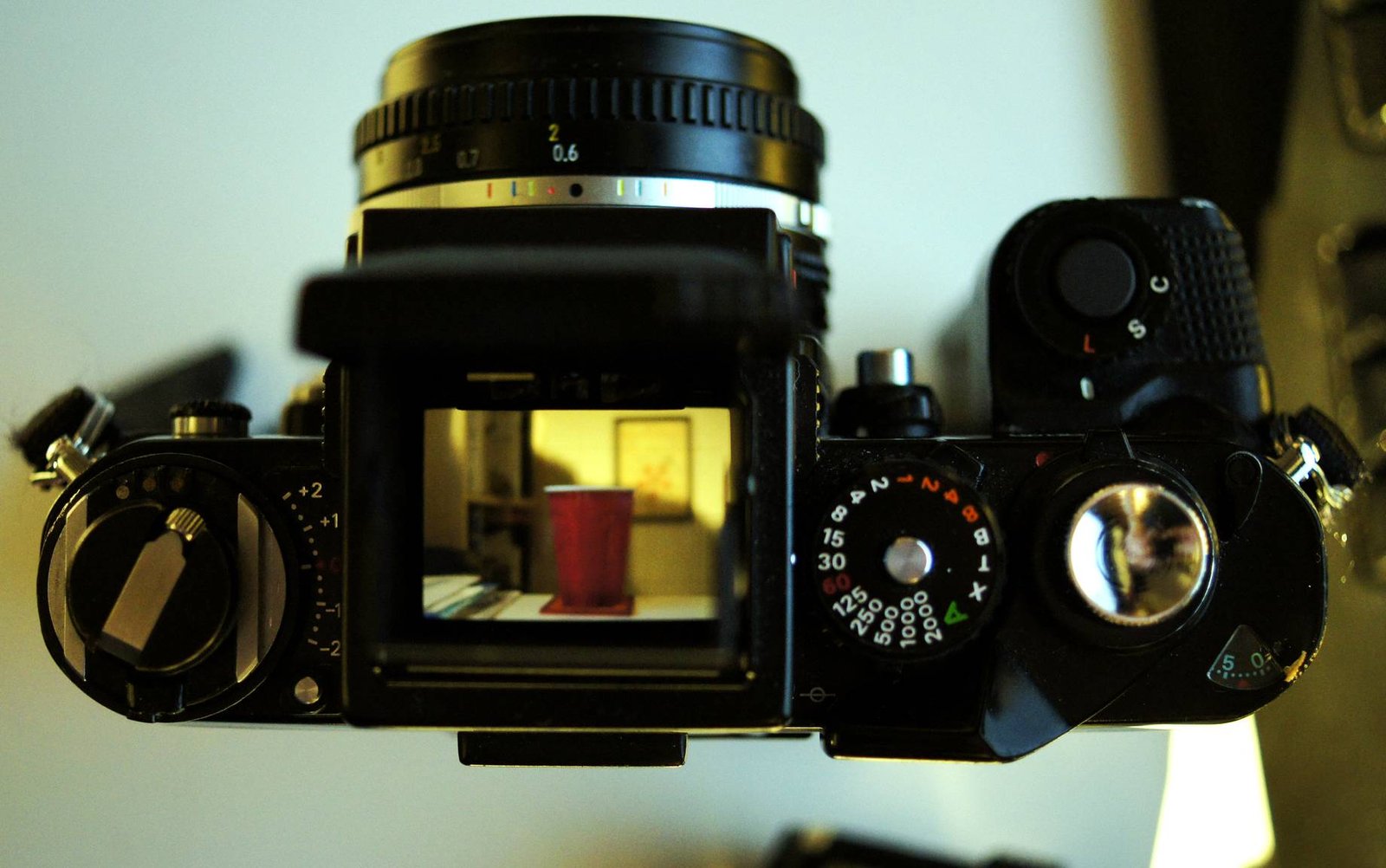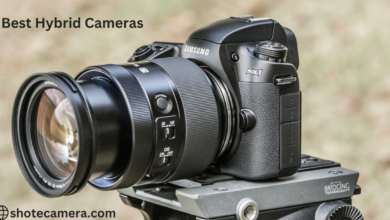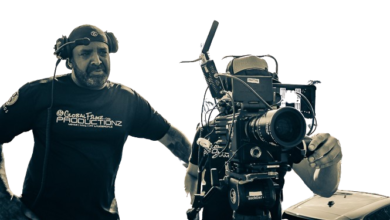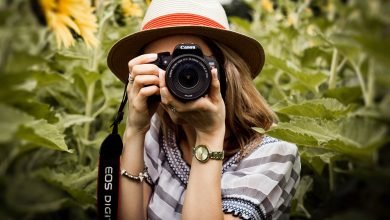Introduction to the Nikon F3
The Nikon F3 is a professional-grade film single lens reflex (SLR) camera introduced by Nikon in 1980. It is known for its durable construction and interchangeable viewfinders, as well as its wide range of features and controls that make it a versatile camera for a variety of shooting situations. The Nikon F3 is still highly regarded by many photographers today for its durability, versatility, and high image quality. It is a popular choice for those who appreciate film photography’s tactile experience and distinctive look.
Key features of the Nikon
The Nikon F3 is a feature-rich film SLR camera designed to meet professional photographers’ needs. Some of its key features include:
- Interchangeable viewfinders: The Nikon F3 has a range of interchangeable viewfinders that allow photographers to choose the viewfinder that best suits their needs. The standard viewfinder has a high-resolution split-image rangefinder and a plain matte field. At the same time, other options include a sports viewfinder with a wider field of view and a data back viewfinder that displays shooting information.
- Durable construction: The Nikon F3 has a solid metal body designed to withstand rough handling, making it a reliable choice for photographers who need a camera that can withstand the rigors of professional use. It was also the first Nikon camera to have a titanium shutter, making it even more, wear and tear-resistant.
- Wide range of exposure modes: The Nikon F3 offers both manual and automatic exposure modes, allowing photographers to control the camera’s settings or let the camera handle them automatically. It also has a variety of metering options, including center-weighted, spot, and matrix metering, which allow photographers to choose the metering mode that best suits their needs.
- Compatibility with a wide range of lenses: The Nikon F3 is compatible with a wide range of lenses, including both Nikkor and non-Nikkor options. This gives photographers the flexibility to choose the lens that best meets their needs and enables them to take advantage of the camera’s full range of features and controls.
- High-quality viewfinder: The Nikon F3 has a high-resolution viewfinder that provides a bright and clear image, making it easier to compose shots and focus on the subject.

Performance and image quality of the Nikon F3
The Nikon F3 is known for its high performance and image quality. Its durable construction and design make it a reliable camera that can withstand the demands of professional photographers, and its high-resolution viewfinder and autofocus system makes it easy to compose shots and focus on the subject.
Regarding image quality, the Nikon F3 can produce sharp, detailed images with good contrast and color reproduction. Its compatibility with a wide range of lenses allows photographers to choose the lens that best meets their needs, enabling them to take advantage of the camera’s full range of features and controls.
One of the standout features of the Nikon F3 is its versatile metering system, which offers a range of options for photographers to choose from. The camera has center-weighted, spot, and matrix metering modes, which allow photographers to choose the metering mode that best suits their needs. This versatility makes the Nikon F3 a good choice for various shooting situations, including low-light and high-contrast scenes.
Comparing the Nikon F3 to other film SLR cameras
Here is a comparison of the Nikon F3 to two other film SLR cameras: the Canon EOS 1 and the Minolta Maxxum 7000:
| Feature | Nikon F3 | Canon EOS 1 | Minolta Maxxum 7000 |
| Year introduced | 1980 | 1989 | 1985 |
| Interchangeable viewfinders | Yes | No | Yes |
| Durable construction | Yes | Yes | Yes |
| Exposure modes | Manual, automatic | Manual, aperture priority, shutter priority, program | Manual, aperture priority, shutter priority, program |
| Metering options | Center-weighted, spot, matrix | Evaluative, partial, center-weighted, spot | Center-weighted, spot, matrix |
| Lens compatibility | Nikkor and non-Nikkor | EF and EF-S | Maxxum and non-Maxxum |
| Autofocus system | TTL phase detection | TTL phase detection | TTL phase detection |
As you can see, the Nikon F3, Canon EOS 1, and Minolta Maxxum 7000 all have similar features, including durable construction and a range of exposure modes and metering options. However, the Nikon F3 has the added advantage of interchangeable viewfinders, which allow photographers to choose the viewfinder that best suits their needs. The Canon EOS 1 and Minolta Maxxum 7000 do not offer this feature. Additionally, the Nikon F3 is compatible with a broader range of lenses, including both Nikkor and non-Nikkor options.
Tips for getting the most out of your Nikon F3
Familiarize yourself with the camera’s controls
The Nikon F3 has a wide range of features and controls, so it’s important to familiarize yourself with them. This will help you get the most out of the camera and enable you to use it more effectively.
Use a good-quality film
The quality of your images will depend in part on the film you use, so it’s important to choose a good quality film that will produce sharp, detailed images with sound color reproduction.
Experiment with different exposure modes:
The Nikon F3 has both manual and automatic exposure modes, so it’s a good idea to experiment with both to see which works best for different shooting situations.
Choose the right metering mode.
The Nikon F3 has three metering modes (center-weighted, spot, and matrix) for different shooting situations. Choose the metering mode that best suits your needs to ensure accurate exposure.
Use a good-quality lens.
The lens you use can significantly impact the quality of your images, so it’s important to choose a good quality lens that will produce sharp, detailed images.
Take care of your camera:
Regular cleaning and maintenance can help ensure that your Nikon F3 stays in good working order, so follow the manufacturer’s recommendations for care and maintenance.
Maintenance and care for the Nikon F3
Proper maintenance and care can help ensure that your Nikon F3 stays in good working order and performs at its best. Here are a few tips for maintaining and caring for your Nikon F3:
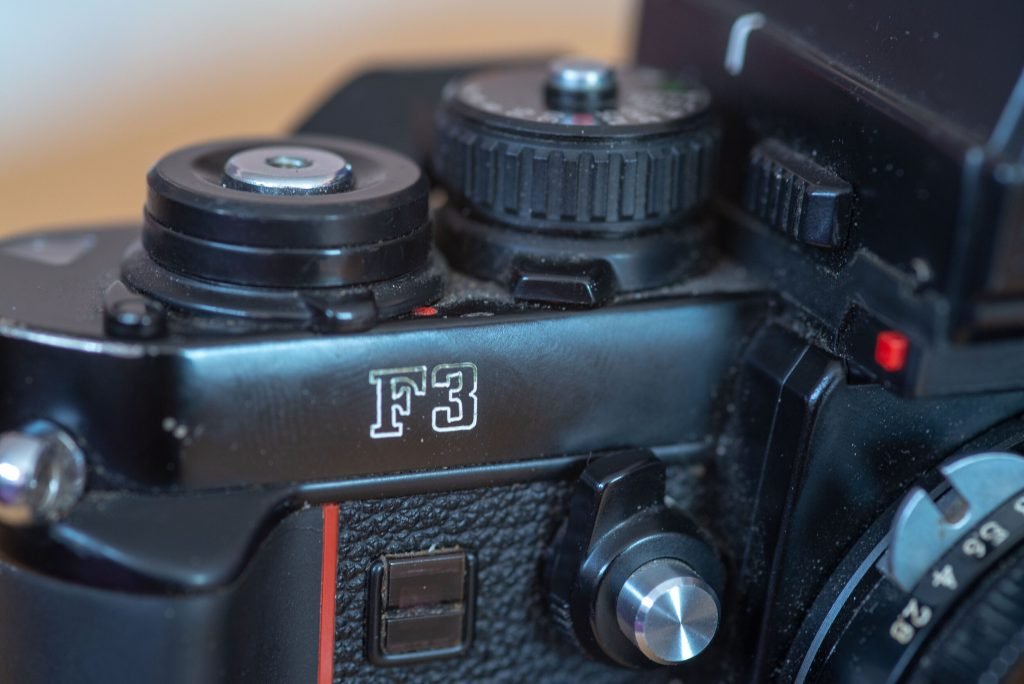
Keep the camera clean.
Regular cleaning can help keep your camera in good working order and prevent dust and dirt from building up. Use a soft, dry cloth to gently wipe down the camera’s exterior, and use a blower brush or compressed air to remove dust inside the camera.
Store the camera properly
When not in use, store your Nikon F3 in a dry, cool place protected from dust and direct sunlight. It’s a good idea to store the camera in a camera bag or protective case to keep it safe from accidental damage.
Replace the battery
The Nikon F3 uses a 3V lithium battery to power the camera’s metering system. Be sure to replace the battery when it starts to run low, as a weak battery can affect the camera’s performance.
Have the camera serviced regularly
It’s a good idea to have your Nikon F3 regularly serviced to ensure it is in good working order. This can help prevent problems from developing and ensure that the camera performs at its best.
Handle the camera carefully
The Nikon F3 is durable, but it is still important to handle it carefully to avoid accidental damage. Hold the camera firmly and avoid dropping it or exposing it to extreme temperatures or humidity.
Pros and Cons Nikon F3
Pros,
- Durable construction: The Nikon F3 has a solid metal body designed to withstand rough handling, making it a reliable choice for photographers who need a camera that can withstand the rigors of professional use.
- Interchangeable viewfinders: The Nikon F3 has a range of interchangeable viewfinders that allow photographers to choose the viewfinder that best suits their needs.
- Wide range of features and controls: The Nikon F3 has a wide range of features and controls that make it a versatile camera for a variety of shooting situations.
- High image quality: The Nikon F3 can produce sharp, detailed images with good contrast and color reproduction.
- Compatibility with a wide range of lenses: The Nikon F3 is compatible with a wide range of lenses, including both Nikkor and non-Nikkor options.
Cons,
- The film only: The Nikon F3 is a film camera, so it does not offer the convenience and flexibility of digital photography.
- Limited availability of film: As film photography becomes less popular, it may be more difficult to find film for the Nikon F3.
- Cost of film and processing: Film photography can be more expensive than digital photography due to the cost of film and processing.
- Limited dynamic range: Film has a limited dynamic range compared to digital cameras, making capturing images with a wide range of tonal values more difficult.


